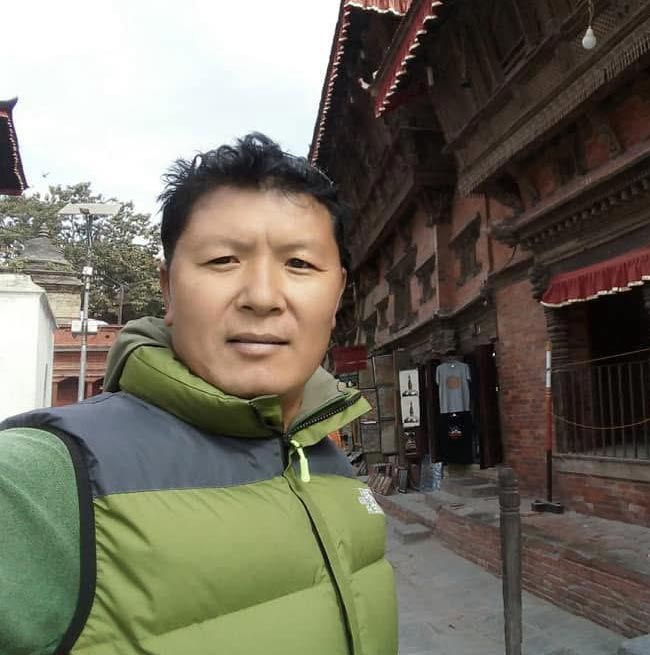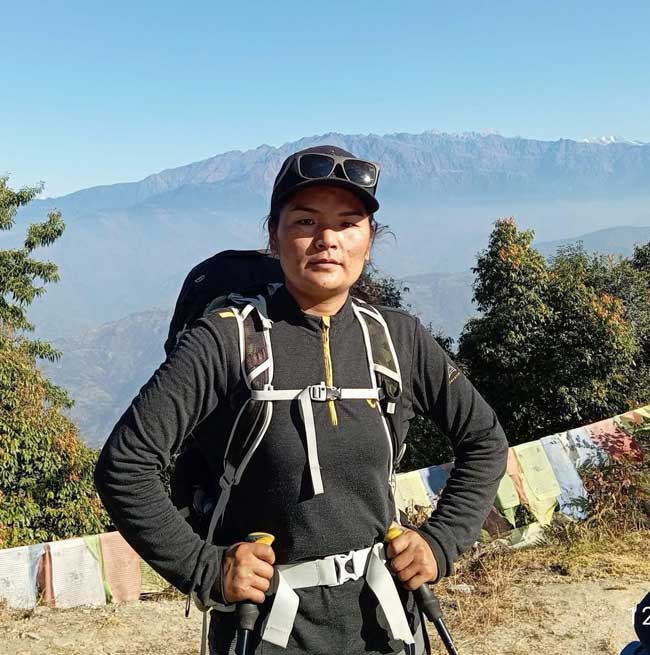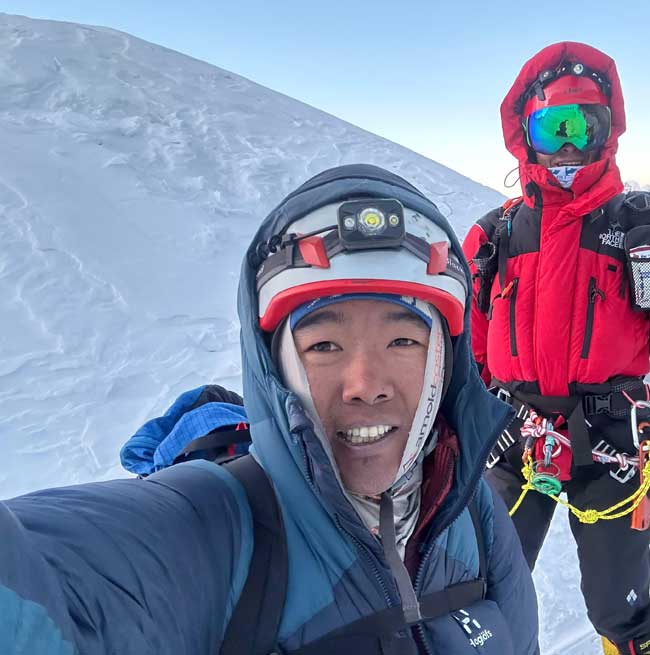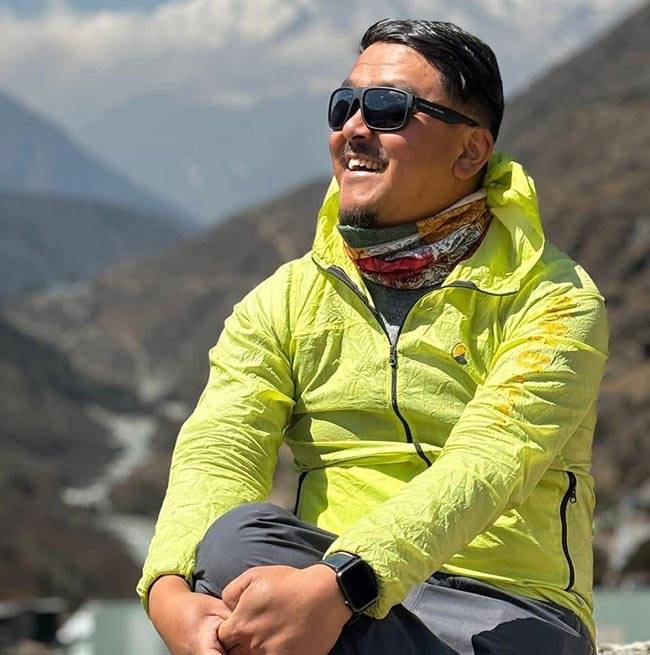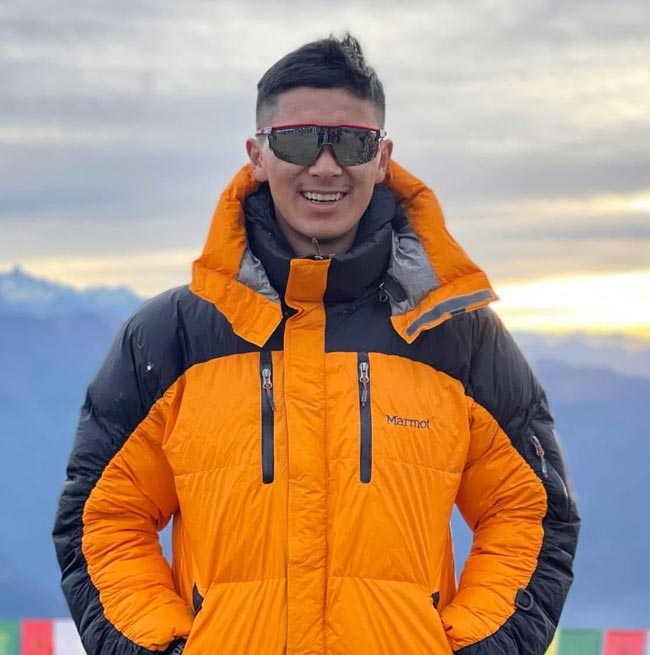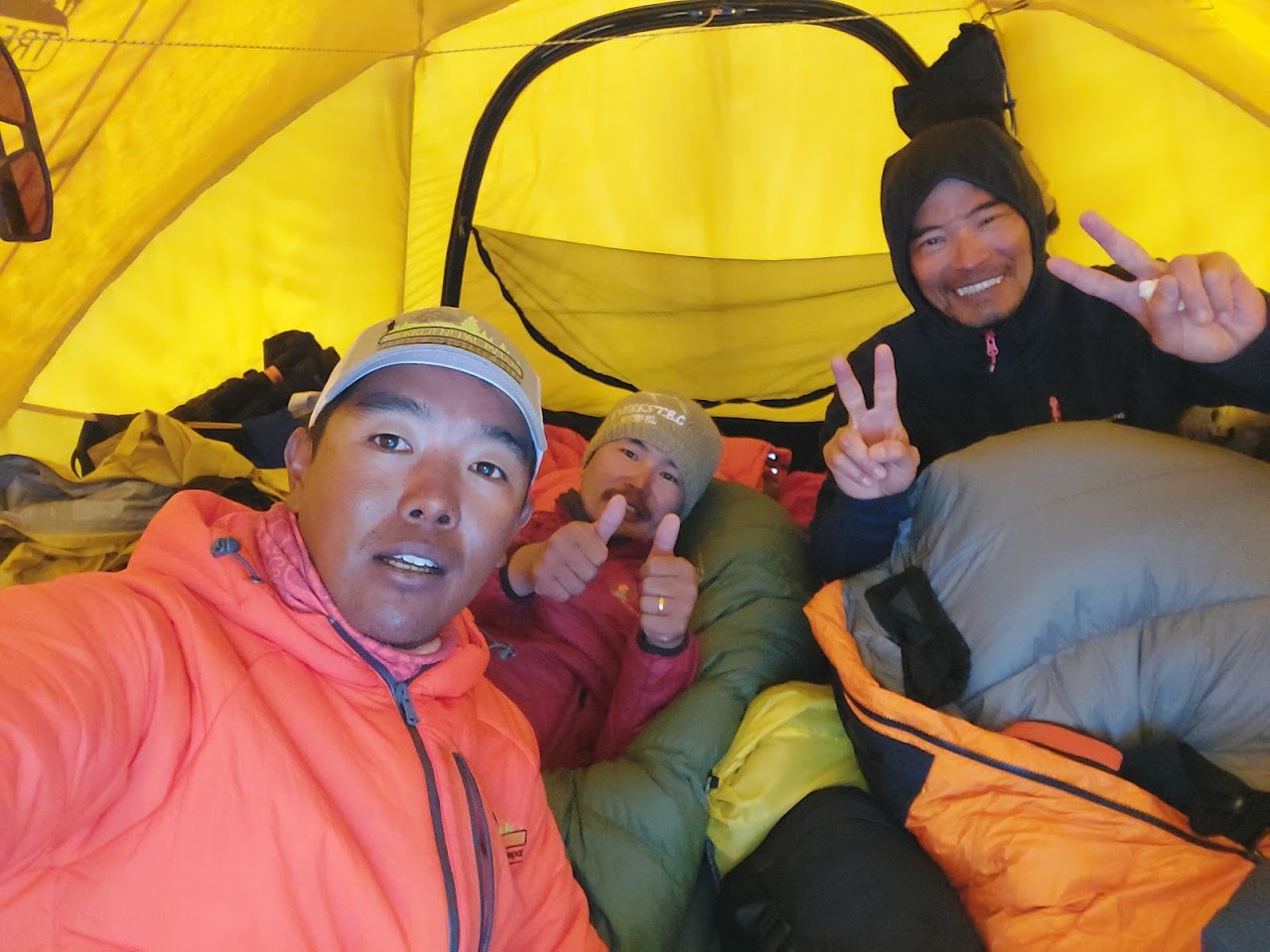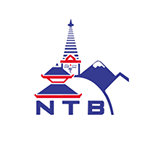Ang Ngima is one of the promising young trekking guides in Nepal’s Himalayan adventure tourism industry. With a solid academic background and a deep-rooted passion for the mountains, Ang Ngima has quickly established himself as a reliable, knowledgeable, and client-focused guide.
Fluent in English and well-versed in mountain safety, geography, and cultural heritage, Ang Ngima combines modern education with traditional Himalayan wisdom. His friendly approach, clear communication, and meticulous planning make him a favorite among trekkers from around the world.
Over the years, Ang Ngima has successfully led numerous treks across Nepal’s most renowned regions, including the Everest Base Camp, Langtang Valley, Manaslu Circuit, Dolpo, and many more off-the-beaten-path destinations. His understanding of altitude acclimatization, local customs, and environmental sustainability ensures a safe, enjoyable, and culturally immersive experience for all his clients.





























